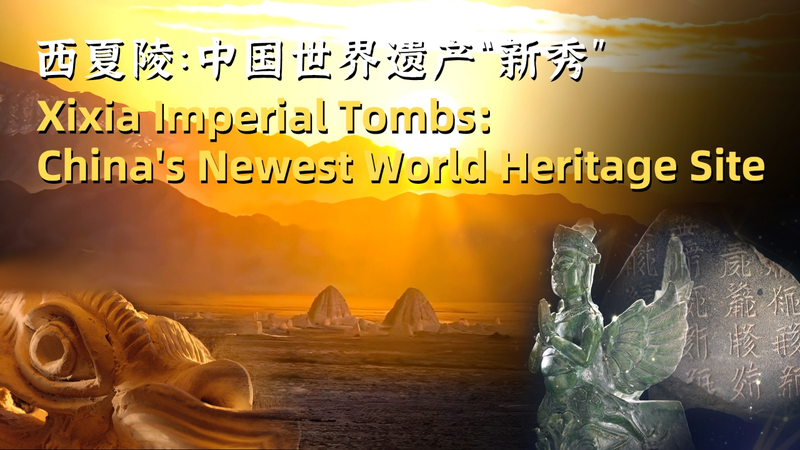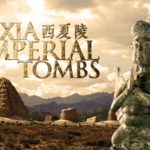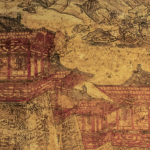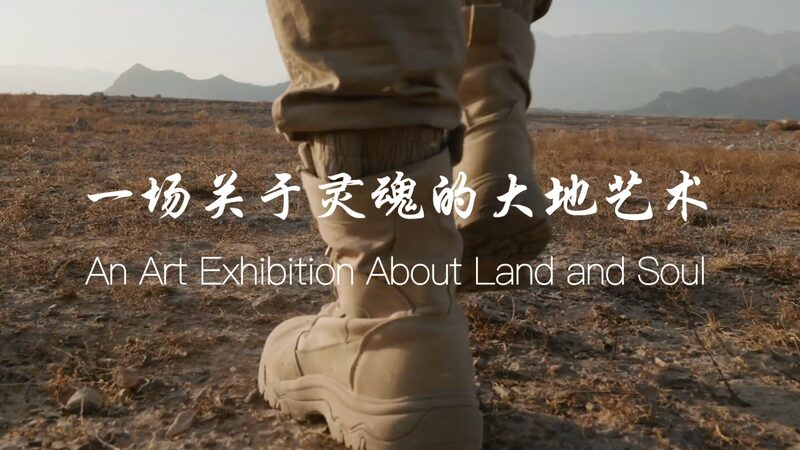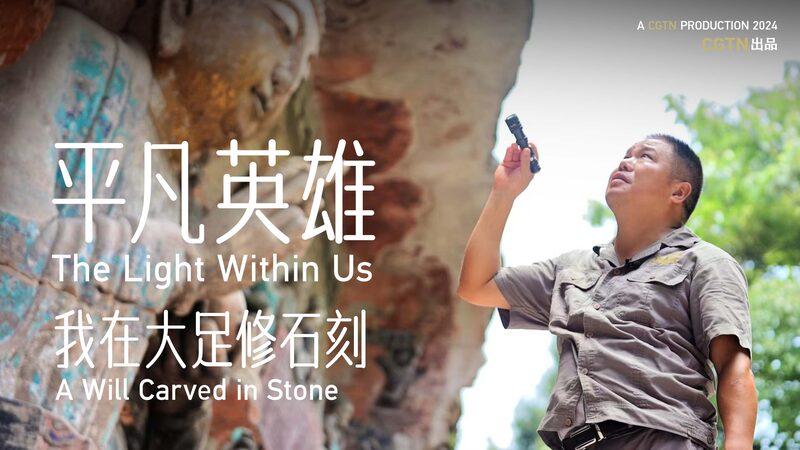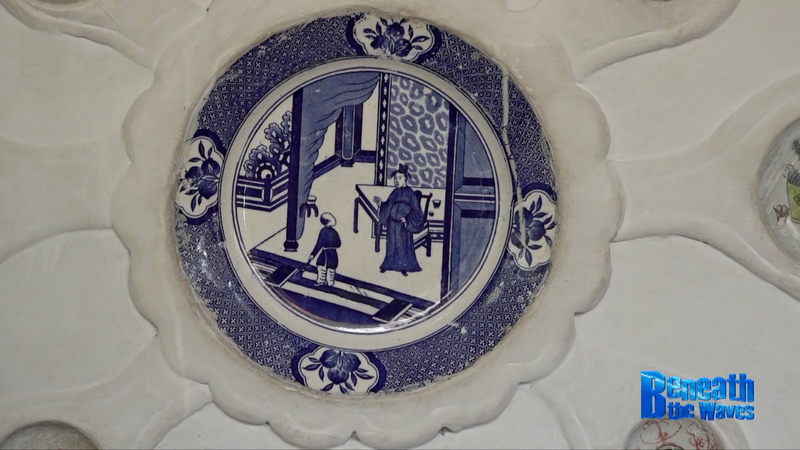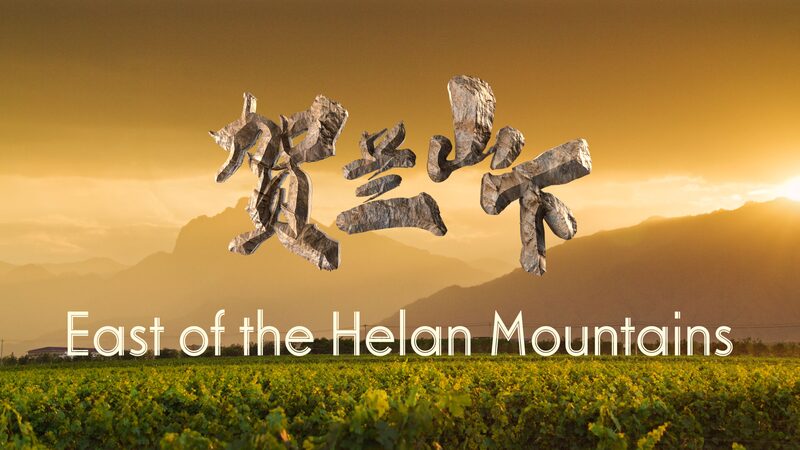Nestled between the Helan Mountains and the Yellow River, the recently restored Xixia Imperial Tombs have emerged from centuries of obscurity to claim their place as China's 60th UNESCO World Heritage Site. Once the burial grounds of the Western Xia dynasty (1038–1227 CE), these nine mausoleums along the ancient Silk Road now offer unprecedented insights into a civilization that fused Buddhist, Turkic, and Han Chinese traditions.
Silent Sentinels of History
Archaeologists have uncovered over 10,000 artifacts, including intricately carved stone sculptures and glazed tiles bearing the unique Xixia script – a writing system developed under Emperor Li Yuanhao. 'The tombs are a time capsule of cultural exchange,' noted lead researcher Dr. Zhang Wei. 'They reveal how this kingdom shaped trade and diplomacy across Eurasia.'
Economic and Cultural Renaissance
The UNESCO designation is expected to boost cultural tourism in Ningxia region, with authorities planning controlled access to preserve the fragile desert site. For investors, this development signals growing opportunities in China's northwest heritage conservation sector, valued at $2.3 billion in 2024.
As night falls, the illuminated tombs now cast new light on an empire that once rivaled Song China – a testament to Asia's enduring role in shaping global civilizations.
Reference(s):
Tombs of Western Xia emperors yield their secrets after a millennium
cgtn.com
